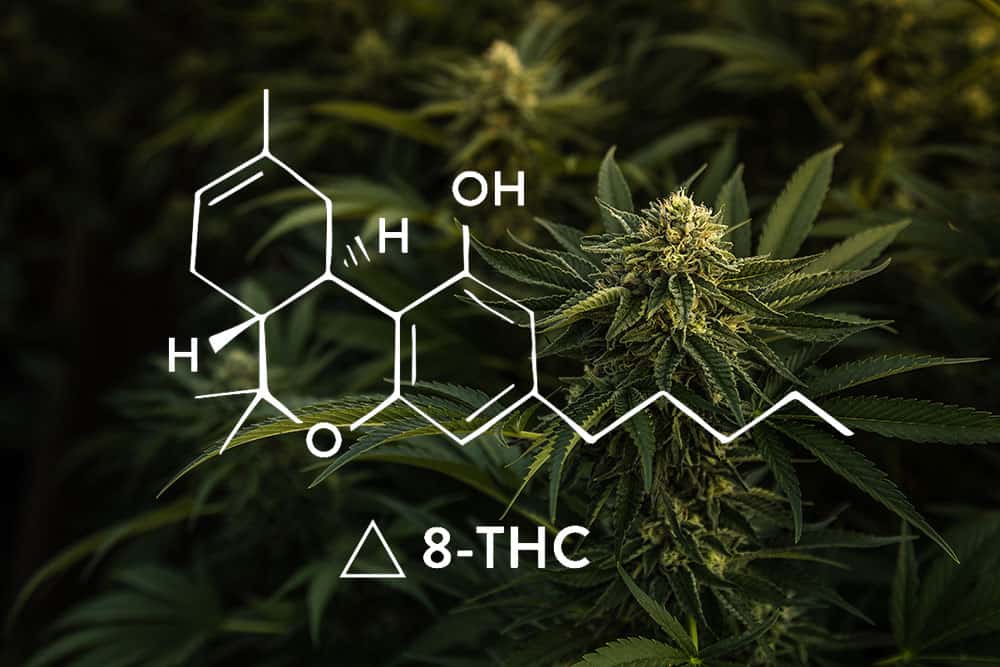D8 Drink Delights: Exploring the Next Frontier of Cannabis Infused Beverages
Cannabis-infused beverages have long been a staple in the world of alternative consumption methods, offering a convenient and discreet way to enjoy the benefits of cannabinoids without the need for smoking or vaping. Among these innovative products, D8 drinks have emerged as a particularly exciting and promising category. In this comprehensive exploration, we'll delve into the world of D8 drinks, uncovering their origins, unique properties, potential benefits, and the burgeoning market they're poised to disrupt.
The Rise of D8 Drinks
D8, short for Delta-8-tetrahydrocannabinol, is a minor cannabinoid found in the cannabis plant. While it shares some structural similarities with its more well-known cousin, Delta-9-tetrahydrocannabinol (THC), D8 is distinct in its effects and legal status. Historically, D8 has been present in cannabis in only trace amounts, making it difficult to isolate and utilize in commercial products. However, advancements in extraction and formulation techniques have paved the way for the creation of D8-infused beverages, opening up new possibilities for cannabis enthusiasts and consumers alike.
Exploring the Unique Properties
What sets D8 drinks apart from other cannabis-infused beverages is their unique cannabinoid profile and corresponding effects. Unlike THC, which can sometimes induce feelings of anxiety or paranoia, D8 is known for its more subtle and mellow psychoactive effects. Many users report experiencing a clear-headed high that is both relaxing and euphoric, making D8 an attractive option for those seeking a more balanced and manageable cannabis experience. Additionally, D8 is believed to possess anti-nausea, appetite-stimulating, and pain-relieving properties, further enhancing its appeal for medical and recreational users alike.
Potential Benefits and Applications
The potential benefits of D8 drinks extend beyond just recreational enjoyment. For medical cannabis patients, D8 offers a promising alternative to traditional pharmaceuticals for managing symptoms such as pain, inflammation, anxiety, and insomnia. The gentle nature of D8's psychoactive effects also makes it suitable for individuals who may be sensitive to the more intense highs associated with THC. Additionally, D8 drinks provide a smoke-free and discreet consumption option, making them ideal for use in social settings or situations where discretion is paramount.
Navigating the Legal Landscape
One of the most significant factors driving the popularity of D8 drinks is their unique legal status. While Delta-9-THC remains classified as a Schedule I controlled substance under federal law in the United States, the legal status of D8 is less clear-cut. Some argue that D8 derived from hemp (cannabis containing less than 0.3% THC by dry weight) is legal under the provisions of the 2018 Farm Bill, which legalized hemp and its derivatives. However, others contend that D8 falls under the umbrella of controlled substances due to its psychoactive properties. As a result, the legal status of D8 remains a subject of debate and interpretation, with regulations varying from state to state.
The Evolving Market Landscape
Despite the legal uncertainties surrounding D8, the market for D8 drinks is rapidly expanding, driven by increasing consumer demand and growing interest from investors and entrepreneurs. As more states legalize cannabis for medical and recreational use, the opportunities for D8 beverage manufacturers continue to grow. From artisanal craft brews to mass-produced beverages, D8 drinks come in a variety of flavors, formats, and potencies, catering to a diverse range of tastes and preferences. With innovations in formulation and packaging, D8 drinks are poised to become a staple in the cannabis beverage market for years to come.
Exploring the Future of D8 Drinks
As we look to the future, the potential for D8 drinks appears limitless. Advances in extraction technology and product development are expected to further enhance the quality and diversity of D8 beverages, opening up new avenues for exploration and innovation. Additionally, ongoing research into the therapeutic properties of D8 and other cannabinoids may uncover new applications and benefits, further driving demand for D8 drinks in both medical and recreational markets. With consumer interest in cannabis-infused beverages continuing to grow, D8 drinks are poised to revolutionize the way we enjoy and experience cannabis.
Final Thoughts:
D8 drinks represent the next frontier of cannabis-infused beverages, offering a unique and exciting alternative to traditional consumption methods. With their distinct cannabinoid profile, potential therapeutic benefits, and expanding market presence, D8 drinks are poised to capture the imagination of cannabis enthusiasts and consumers alike. As legalization efforts continue to gain momentum and consumer preferences evolve, the future of D8 drinks looks brighter than ever. So, whether you're looking to relax after a long day or seeking relief from chronic pain, consider exploring the delightful world of D8 drinks and experience the future of cannabis consumption today.
Reference:
- Colizzi, M. and Bhattacharyya, S. (2017). Does cannabis composition matter? differential effects of delta-9-tetrahydrocannabinol and cannabidiol on human cognition. Current Addiction Reports, 4(2), 62-74. https://doi.org/10.1007/s40429-017-0142-2
- Crippa, J., Zuardi, A., Hallak, J., Miyazawa, B., Bernardo, S., Donaduzzi, C., … & Brum, L. (2020). Oral cannabidiol does not convert to δ8-thc or δ9-thc in humans: a pharmacokinetic study in healthy subjects. Cannabis and Cannabinoid Research, 5(1), 89-98. https://doi.org/10.1089/can.2019.0024
- Hazekamp, A., Choi, Y., & Verpoorte, R. (2004). Quantitative analysis of cannabinoids from cannabis sativa using 1h-nmr. Chemical and Pharmaceutical Bulletin, 52(6), 718-721. https://doi.org/10.1248/cpb.52.718
- Leas, E. (2021). The hemp loophole: a need to clarify the legality of delta-8-thc and other hemp-derived tetrahydrocannabinol compounds. American Journal of Public Health, 111(11), 1927-1931. https://doi.org/10.2105/ajph.2021.306499
- Porcella, A., Maxia, C., Gessa, G., & Pani, L. (2001). The synthetic cannabinoid win55212‐2 decreases the intraocular pressure in human glaucoma resistant to conventional therapies. European Journal of Neuroscience, 13(2), 409-412. https://doi.org/10.1046/j.0953-816x.2000.01401.x
- Reggio, P., Greer, K., & Cox, S. (1989). The importance of the orientation of the c9 substituent to cannabinoid activity. Journal of Medicinal Chemistry, 32(7), 1630-1635. https://doi.org/10.1021/jm00127a038
- Serafimovska, T., Darkovska-Serafimovska, M., Stefkov, G., Arsova-Sarafinovska, Z., & Balkanov, T. (2020). Pharmacotherapeutic considerations for use of cannabinoids to relieve symptoms of nausea and vomiting induced by chemotherapy. Folia Medica, 62(4), 668-678. https://doi.org/10.3897/folmed.62.e51478




